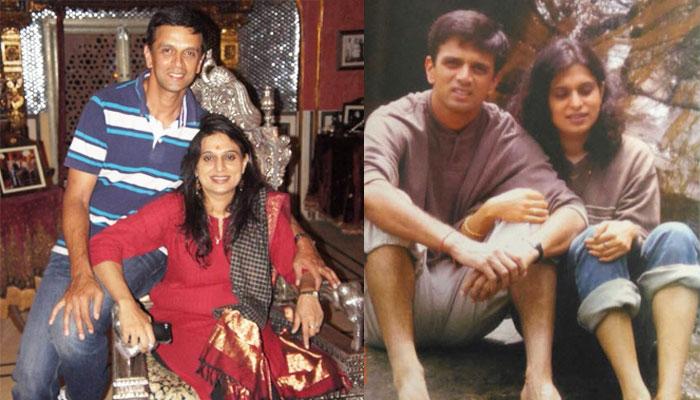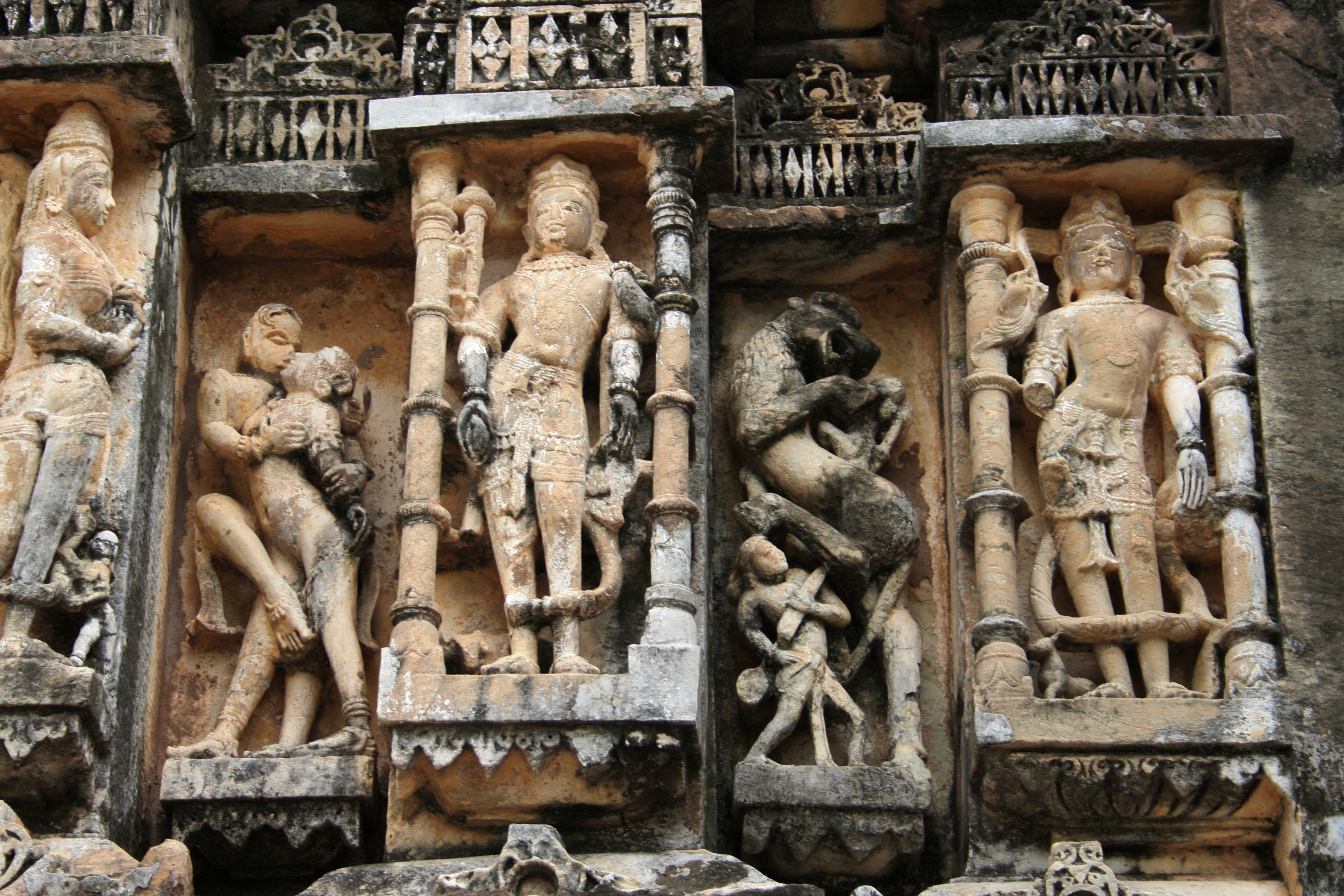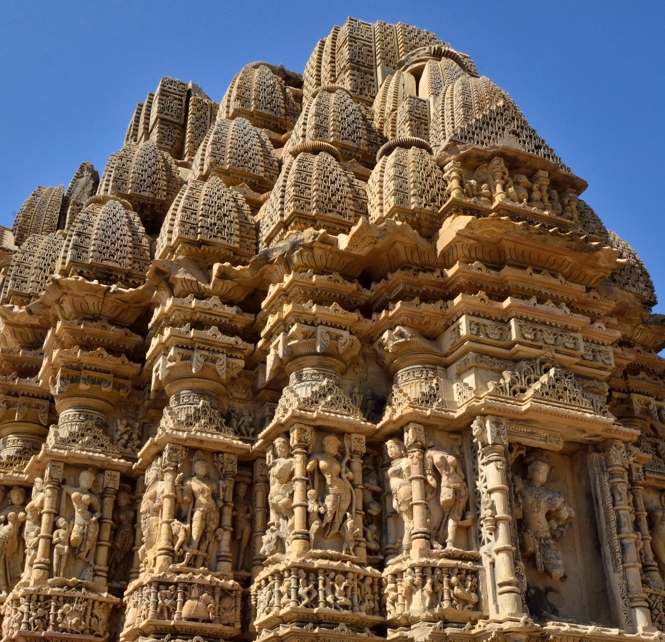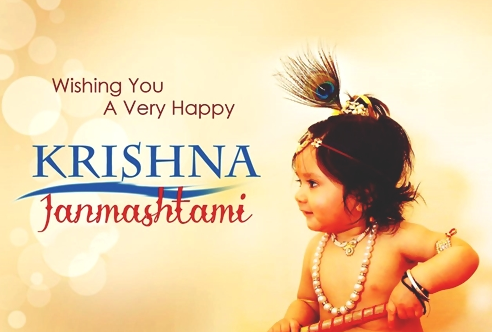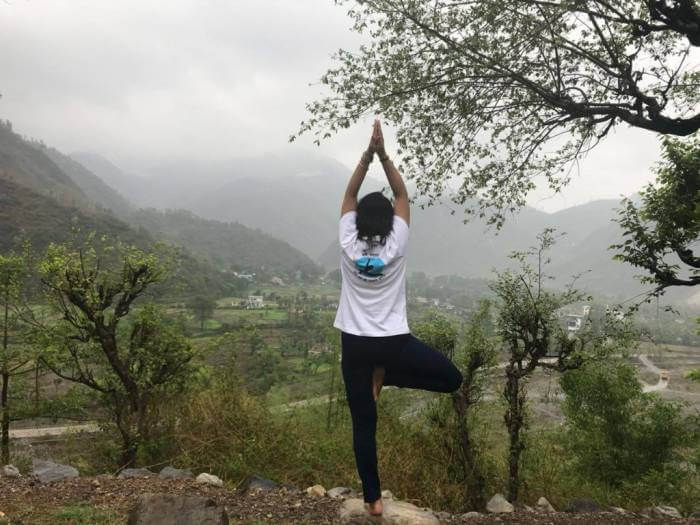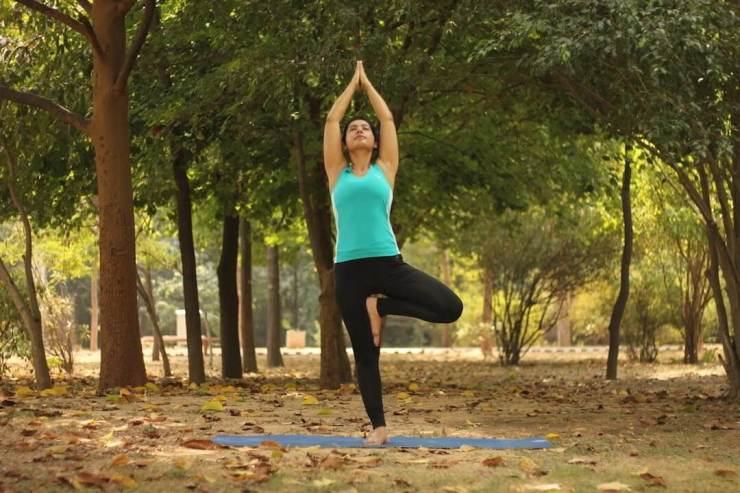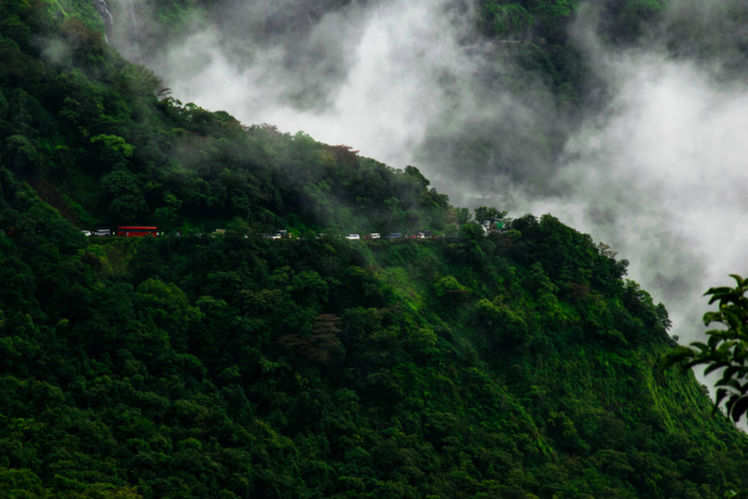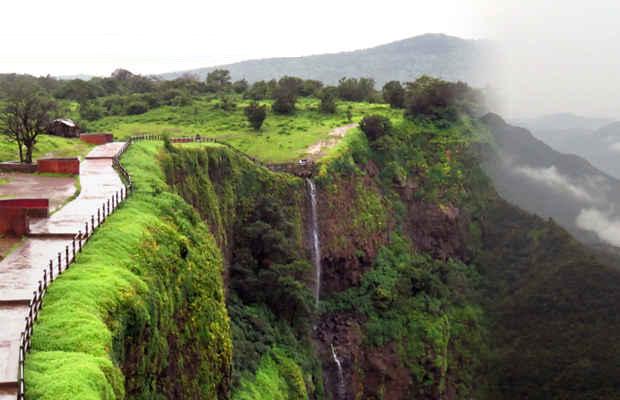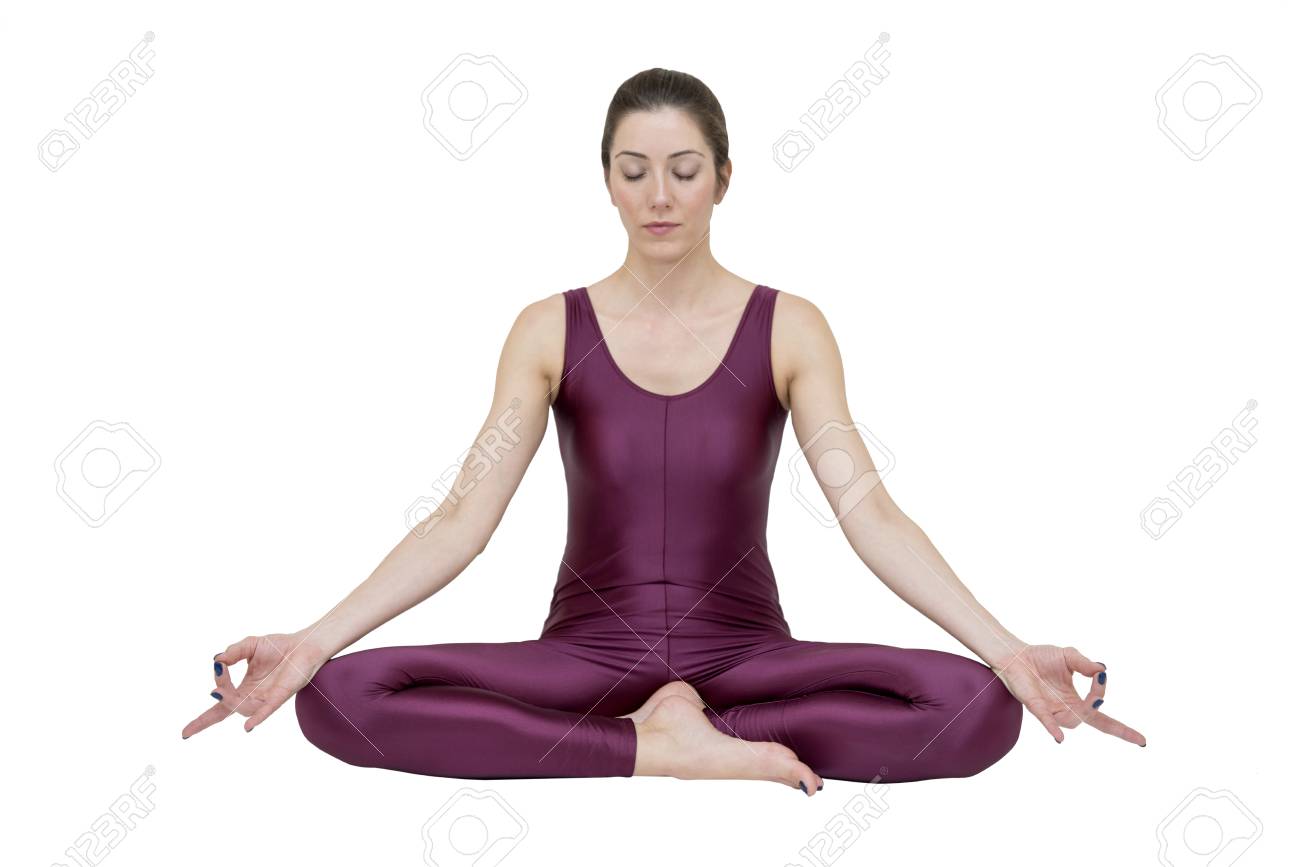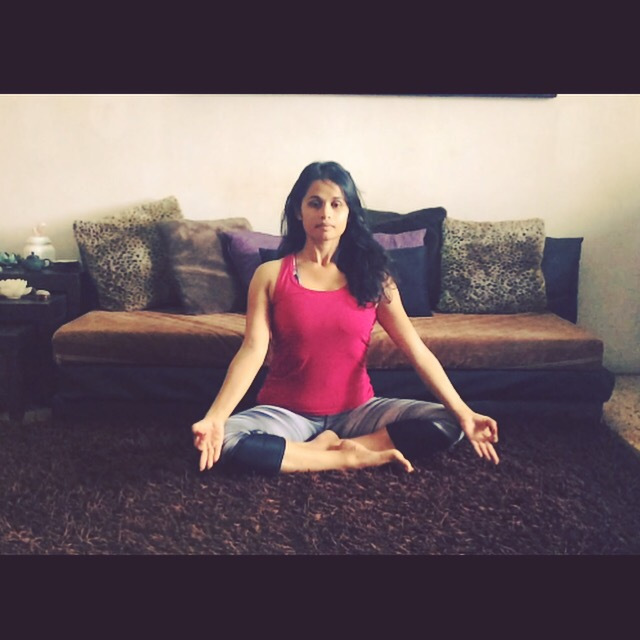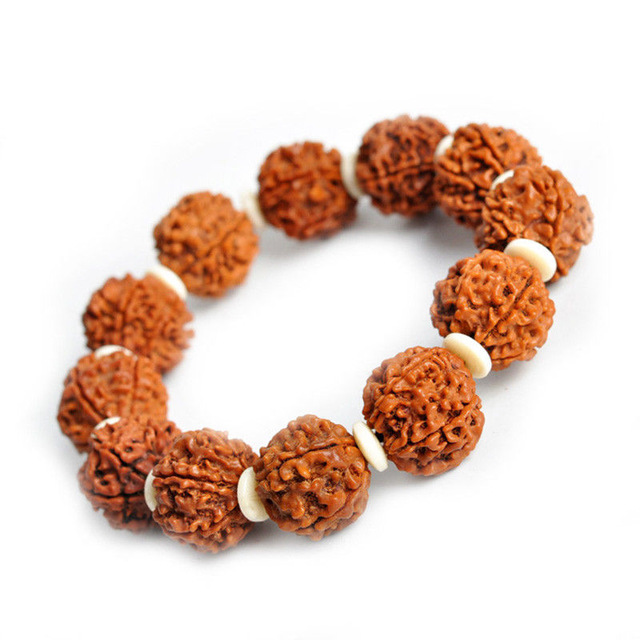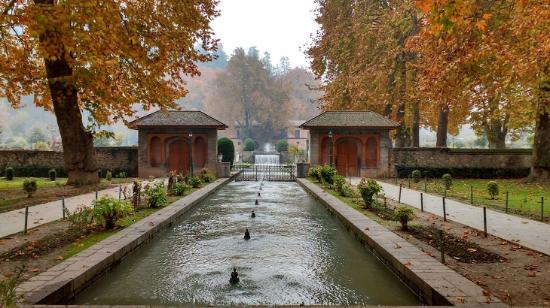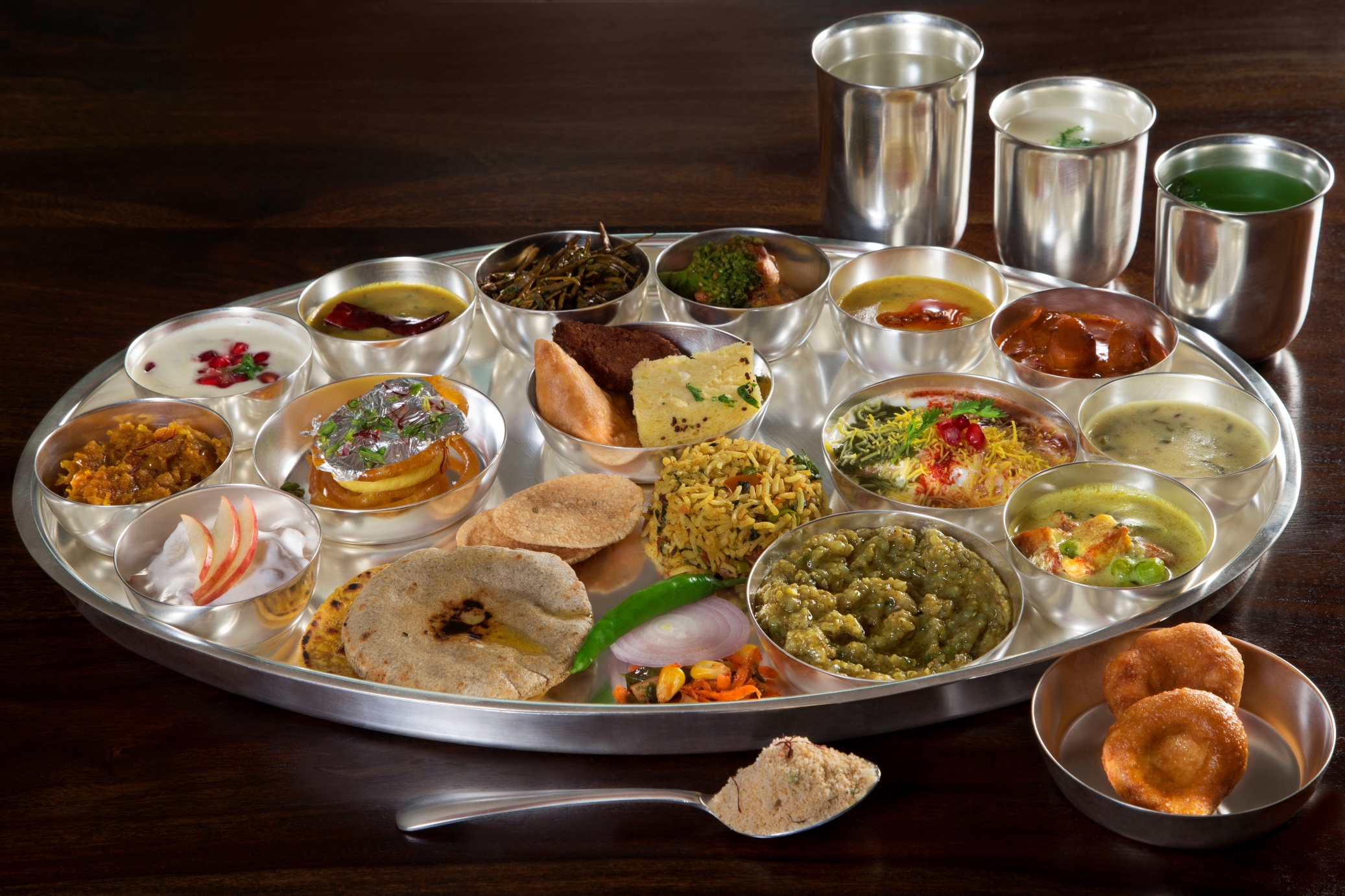 Male Mahadeshwara Hills is nature and pilgrimage tourism site, offering the tourists with the scenic beauty of the lush green nature and the temple of ancient origin called Malai Mahadeshwara Hill Temple
Male Mahadeshwara Hills is nature and pilgrimage tourism site, offering the tourists with the scenic beauty of the lush green nature and the temple of ancient origin called Malai Mahadeshwara Hill Temple
Location of Male Mahadeshwara Hills
Male Mahadeshwara Hills is the hilly town located in the Kollegal taluk of Chamarajanagar district of southern Karnataka. Male Mahadeshwara Hills is situated at about 150 km from Mysore and about 210 km from Bengaluru.

Male Mahadeshwara Hill Temple in Male Mahadeshwara Hills
The ancient and sacred temple of Sri Male Mahadeshwara is a very popular Shaiva pilgrimage centre. This ancient temple draws lakhs of pilgrims from the states of Karnataka and Tamil Nadu. Male Mahadeshwara Hill Temple complex was built by a rich Kuruba Gowda landlord called Junje Gowda. Mahadeva is worshipped as the family God of the hill tribes of Male Mahadeshwara Hill like Soligas,
 Nature Tourism in Male Mahadeshwara Hill
Nature Tourism in Male Mahadeshwara HillMale Mahadeshwara Hill also possesses natural beauty in the form of large tracts of forest area. The beautiful landscapes of Male Mahadeshwara Hill and valleys around the hills are covered with extensive forests. These forest types vary from evergreen forests in Ponnachi Boli to dry deciduous forests in most other parts
.
Read more : Male Mahadeshwara Hills, Chamarajanagar District, Karnataka

